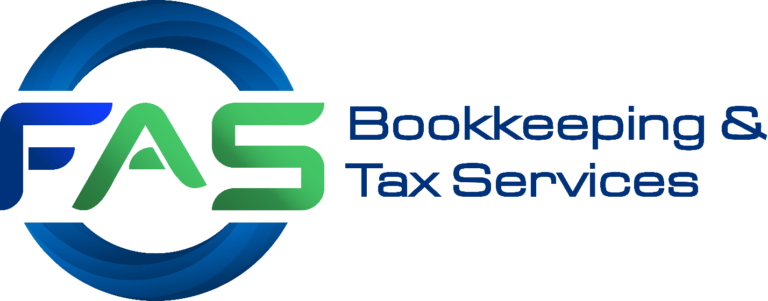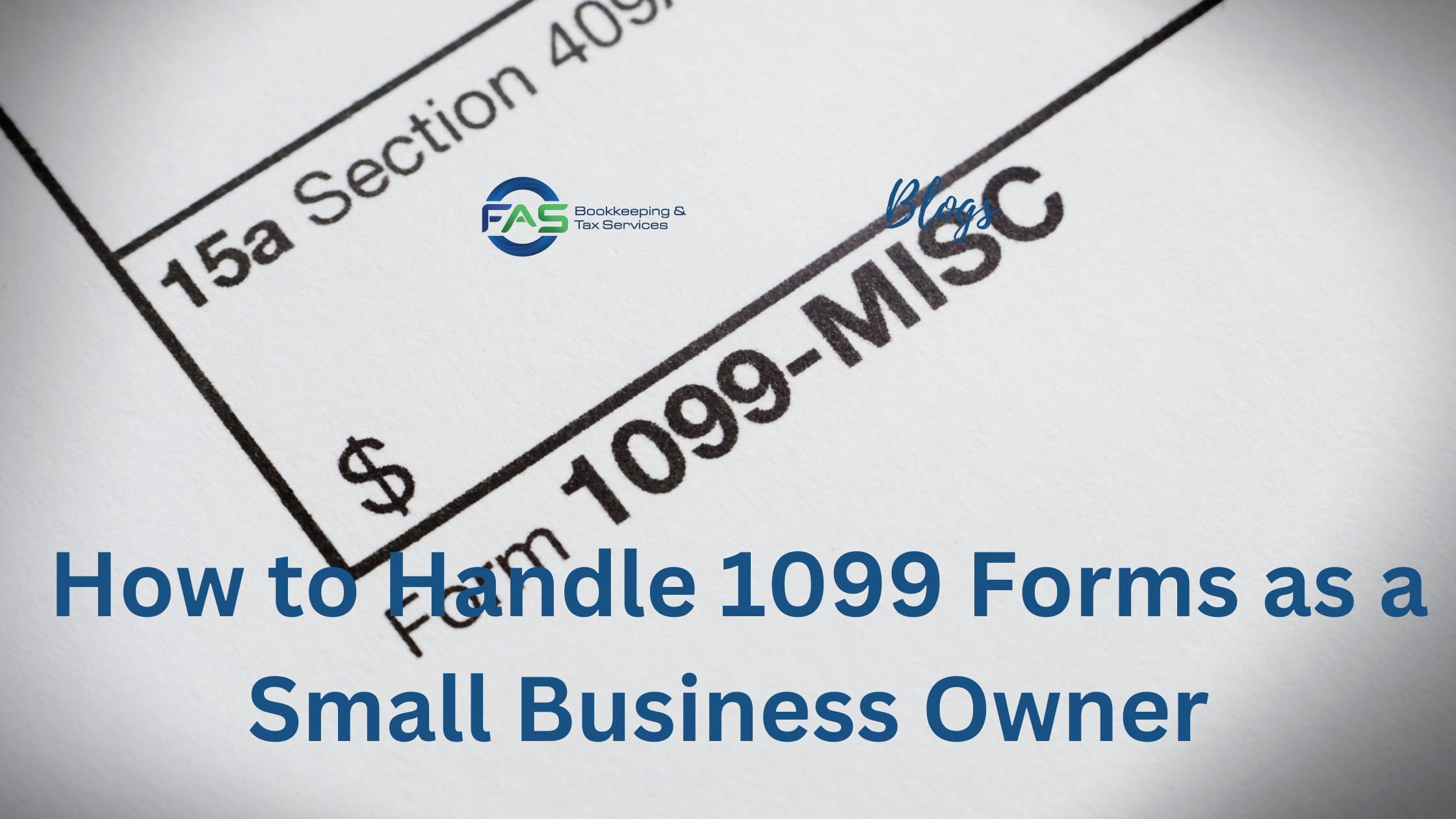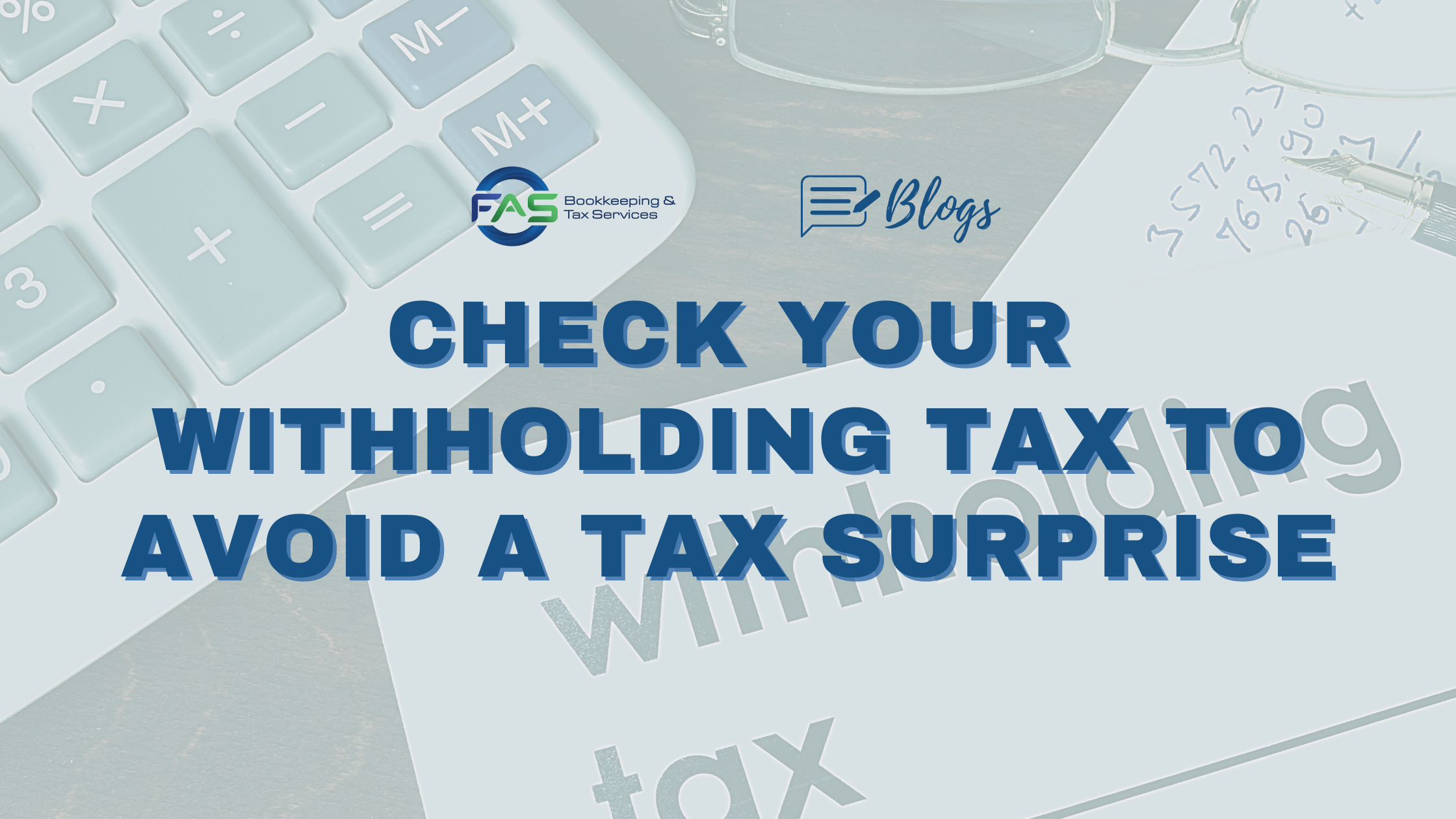Check Your Withholding to Avoid a Tax Surprise
Even though tax season may seem far off, there are actually only two months remaining in the year. To avoid a tax surprise burden next year now is the ideal time to check your withholding and projected tax payments.
Adjust Tax Withholding.
The amount of federal income tax deducted from an employee’s paycheck is known as withholding. The following two factors determine how much income tax an employer deducts from an employee’s regular paycheck:
- How much money they make.
- The details they provide on Form W-4 to their employer.
Taxpayers must deduct the appropriate amount from their paychecks or pay the appropriate amount of estimated tax because federal taxes are pay-as-you-go. They run the risk of paying a fine if they don’t. Every year, every taxpayer should evaluate their federal withholding to make sure that neither too little nor too much tax is being withheld.
The IRS Tax Withholding Estimator tool is available at IRS.gov and can be used by individuals to determine whether they need to adjust their withholding. This online tool provides withholding recommendations to help customers strive for their desired return amount when they file the next year and walks users through the process of checking their withholding step-by-step.
Taxpayers can submit a new Form W-4, Employee’s Withholding Certificate, or check with their employer to see if their withholding needs to be updated.
Pay for anticipated expenses
In the following circumstances, taxpayers may be required to make quarterly estimated tax payments:
- if insufficient income tax is being withheld from a taxpayer’s paycheck or pension.
- if they earn income through self-employment, dividends, alimony, interest, prizes, awards, capital gains, or other sources.
- if they work on their own.
Individual taxpayers are required to pay estimated taxes on April 15, June 15, September 15, and January 17. Using Direct Pay or the Electronic Federal Tax Payment System is the quickest and most convenient way to pay anticipated taxes. At IRS.gov, additional payment methods are also accessible.
Other factors that may affect 2022 taxes:
Unexpected life situations sometimes serve as a catalyst for withholding modifications. They consist of:
- Tax relief for the coronavirus. Tax assistance for those impacted by the coronavirus, including health plans, enterprises, and tax-exempt organizations (COVID-19).
- Catastrophes like hurricanes and wildfires. Particularly when the federal government designates the area where they are located as a major disaster area, specific tax law measures may aid taxpayers and businesses in recovering financially from the effects of a disaster.
- Losing a job can lead to new tax problems.
- Due to the pandemic, workers are flocking into the gig economy. Gig workers should think about making anticipated tax payments to prevent owing a balance or facing penalties when they file.
If you believe that you might receive a tax surprise next year, contact us today at admin@fas-accountingsolutions.com.





